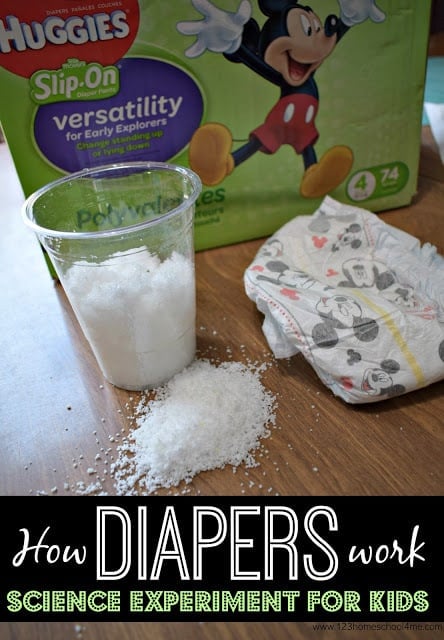Is your first grade student learning the oo phonics sound? Grab our free printable oo sound worksheets to help students practice identifying the oo sound. Simply cut and paste the long and short oo worksheets to complete this fun phonics activity. Simply download the oo phonics worksheet pdf file and you are ready to practice! 
oo phonics sound
Is your first-grade student diving into the exciting world of phonics? If they’re focusing on the “oo” sound, we have just the resource you need! Grab our FREE printable “oo” sound worksheets designed specifically for young learners. These engaging worksheets will not only aid students in identifying the “oo” sound but also make learning fun! With a mix of long and short “oo” activities, your child will be able to practice and sharpen their phonics skills through hands-on tasks. Here’s how it works: Simply print the downloadable PDF file, then cut and paste the worksheets for a variety of interactive phonics activities. Whether your child is learning the differences between “moon” and “book” or exploring other words that contain the “oo” sound, these worksheets will provide a perfect balance of challenge and enjoyment. Don’t miss out on this opportunity to reinforce your child’s reading skills in a playful way. Head over to our website, download the “oo” phonics worksheet now, and get ready for a fun-filled learning adventure! Let’s help those young readers soar!
Plus don’t miss our other 1st grade worksheets including phonics worksheets and another chance to practice reading oo words worksheet pdf
The “OO” Mystery: Why Do “Book” and “Moon” Sound Different?
When you first start learning to read, English seems full of surprises. One of the biggest puzzles? The “oo” spelling pattern! Why do “book” and “moon” sound so different if they both have “oo”? The answer lies in two distinct vowel sounds: the long “oo” and the short “oo.” Let’s break them down!
Understanding the Two “OO” Sounds
The Long “OO” Sound (/uː/)
With the tongue positioned higher in the mouth and the lips rounded more, this sound produces a stretched-out vowel sound. You’ll hear it in words like:
- Food
- Moon
- Spoon
- Zoo
- Cool
The Short “OO” Sound (/ʊ/)
The short “oo” has a slightly lower tongue position and less lip rounding, creating a quicker, more relaxed sound. Examples include:
- Book
- Foot
- Good
- Hook
- Brook
Why Does English Have Two “OO” Sounds?
English has changed a lot over time, which is why some “oo” words sound different! Some kept a long “oooo” sound (like moon), while others became shorter and quicker (like book). Different accents can also change how people say them. It’s just one of the many fun quirks of the English language!
Building Strong Reading Foundations with Phonological Awareness
Research shows that phonological awareness plays a crucial role in learning to read. Before children can successfully use phonics to decode words, they must first develop the ability to hear, identify, and manipulate individual sounds in spoken language. This includes phonemic awareness—the ability to recognize and work with sounds in words. When children practice blending and segmenting sounds, they strengthen the skills needed for reading success.
oo sound worksheets
This worksheet is a great way to help your child distinguish between the two different “oo” sounds.
- Print out the activity pages.
- Have your child cut out the words and pictures.
- Sort the pictures into two categories based on whether the “oo” sound is long or short.
- Glue the pictures under the correct category.
- Then, match and glue the corresponding word under each picture.
This interactive approach makes learning fun and helps reinforce phonemic awareness, setting the stage for stronger reading skills!

long and short oo worksheets
Before you grab your free pack you agree to the following:
- This set is for personal and classroom use only.
- This printable set may not be sold, hosted, reproduced, or stored on any other website or electronic retrieval system.
- Graphics Purchased and used with permission from
- All material provided on this blog is copyright protected.








